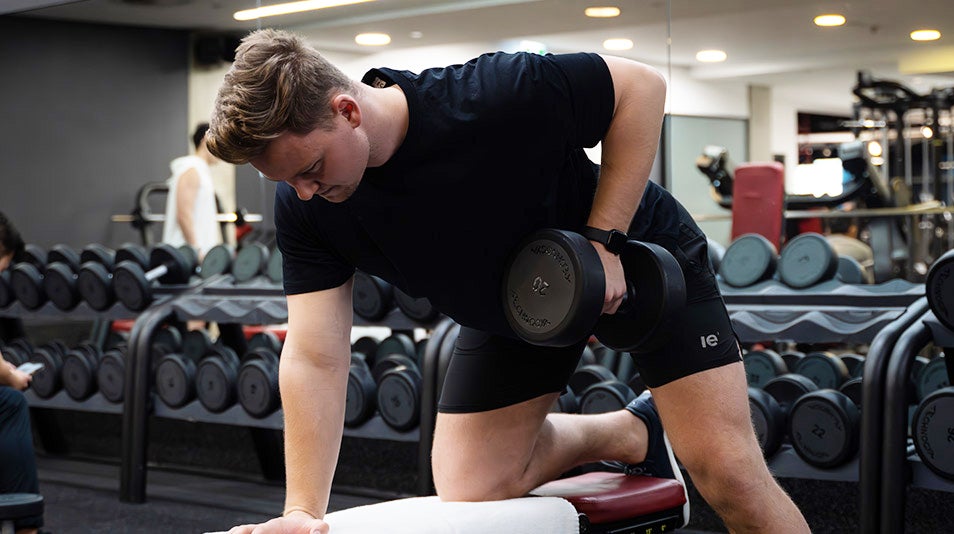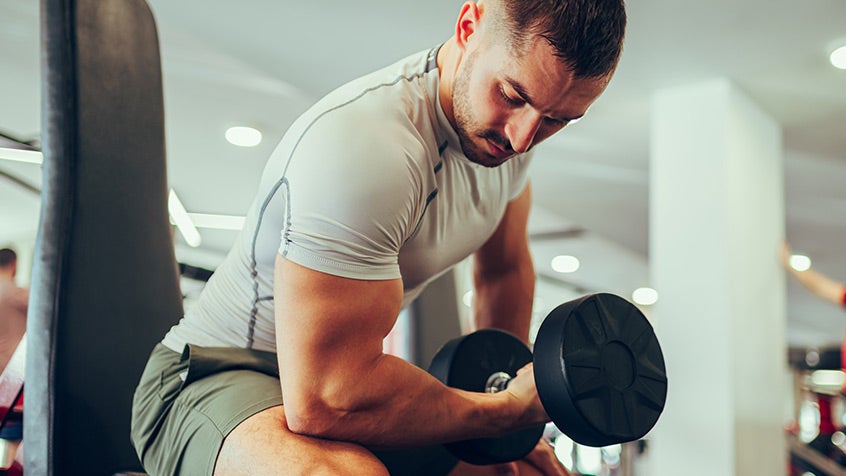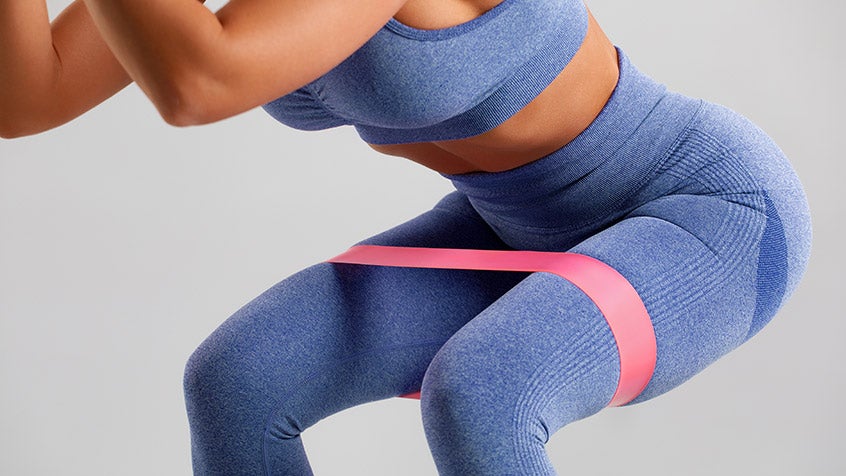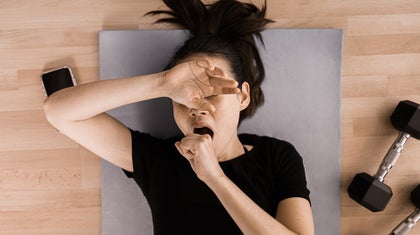A deep dive into isolation training
by Rob Flett on Sunday 09 July 2023
5 min read
Compound vs Isolation
You may have heard the phrase “compound is king” within the strength training world. Compound exercises are multi-joint movements that require the activation of numerous muscle groups. The squat, push up, deadlift, overhead press and pull up are common examples of compound exercises.
Without question, these exercises provide the best training stimulus as we can utilise heavier weights when compared to isolation exercises. For this reason, they are undoubtedly the most potent for maximising body-wide strength adaptations and should form the basis of all resistance training programs.
Next in line are isolation or single-joint exercises which are often approached with more of a “do them if you’re not too tired” mentality. However, isolation exercises should not be overlooked as they play an important role in filling in the gaps left behind by our favourite compounds. Examples of isolation exercises include bicep curls, leg extensions, calf raises, tricep pushdowns, targeted core exercises... the list goes on.
So why should we utilise isolation exercises?
The need for full range of motion
Isolation exercises ensure that smaller, under-stimulated muscle groups are adequately trained. Placing these muscles through a full range of motion allows for “stretch under load” which is critical for development - but often not possible using purely compound exercises.
Let’s look at some examples:
Isolated bicep curl variations are superior in developing the biceps. Compound exercises such as the seated cable row and chin-up activate the biceps muscle but fail to maximally lengthen it under load due to the angle of the shoulder joint. This limited range of motion highlights the need for isolated bicep work to optimise development.
The same is true for triceps stimulation during our favourite compound pressing exercises (e.g., bench press and overhead press). For optimal activation of the triceps, the shoulder needs to be perpendicular to the torso and the elbow placed through a full range of motion. This only occurs during specific isolation exercises such as the dumbbell skull-crusher where the triceps undergo a full stretch and contraction during the movement.
A similar example is the difference in hamstring activation during the squat versus leg-curl. Studies have shown that hamstring activation during the squat is 50% of that achieved during the leg curl. Interestingly, even hamstring dominant compound exercises such as the deadlift and hip thrust fail to recruit the distal portion of hamstring muscle to the same extent as a seated leg curl. This has big implications for the development of the hamstring group which is vitally important for the ability to hinge and prevent knee injuries during dynamic exercise.
Speaking about injury prevention, let’s delve a bit deeper.
Injury prevention
Isolating the stabilising structures of major joints reduce the likelihood of injury.
Isolation exercises place the targeted muscle under a loaded stretch that exceeds resting length and exposes the tissue to eccentric stressors. This leads to increased reactive strength, enhanced joint stability and heightened protection against eccentric forces (a major cause of muscle tears).
Isolation exercises are also beneficial for overcoming muscular imbalances caused by every-day activities.
A common example is using the seated calf raise to reduce gastrocnemius involvement (due to the knee bend) and shift the focus on to the soleus muscle. An overpowering gastrocnemius is common, and by effectively developing the soleus we can improve our lower limb integrity when running and jumping.
Similarly, muscle imbalances caused by “bilateral deficits” can be resolved using unilateral isolation exercises. For example, a cyclist completing single-leg leg curl to resolve a bi-lateral difference in hamstring power output when peddling.
We can also use this concept to boost the effectiveness of our warm-ups…
A valuable warm-up tool
Activating muscle groups using isolation exercises before a resistance training session can increase force production during multi-joint exercises. For example, using banded hip abduction drills (crab walks) before squatting to increase gluteal activation and improve squat technique.
Low-load isolation exercises are also useful as a warmup tool for targeting weak or under-active muscles and promoting neural activation. In turn, this prevents the onset of technique breakdown and reduces perceived difficulty during multi-joint movements.
The same goes for sport preparation. Isolation exercises are a fantastic way to train and prepare the soft tissue involved in dynamic movement. This mostly comes down to improving joint integrity and the capacity to transfer force between muscle groups. The next point covers this in an example...
Supporting sport specific movement
Isolation exercises ensure that the synergists involved in skilled movement are adequately developed.
Let’s use boxing as an example:
Boxers are often put through rigorous strength routines focusing on full body explosiveness and pressing power. To maximise gains made by compound movements, small muscles that support the shoulder girdle need to be developed so they can both generate and absorbs forces during punching. The stabilising muscles of the shoulder girdle can only develop when fully lengthened and activated during isolation exercises such as dumbbell external/internal rotations, loaded scapula retraction and lower trapezius muscle activation drills.
With these exercises included in a routine, injury risk is lowered for the shoulder joint and punching power is increased.
To sum up
Compound exercises are king. However, isolation exercises can increase the effectiveness of your strength training by filling the gaps created by an overly simplified approach.
Don’t skip and forget. Include these exercises in your routine and execute with intention and focus.
Happy isolating!
About the writer
Rob Flett is the Personal Training Head Coach at Virgin Active Australia. He is the national lead for PT onboarding, education, career development and assessment. Rob has 10 years of Personal Training experience with a Bachelor of Sport & Exercise Science (HONS), including research in applied biomechanics at the University of Technology.
Want to discover more about our network of talented Personal Trainers? Look no further, as we are here to empower you to reach your full potential. Reach out to the team today.
Related articles
Nourish
2 min read
Understanding nutrient density (and why it matters)
Move
3 min read
The ‘I don’t feel like working out’ plan
Unwind
3 min read
Can rest days make you stronger?
Enjoying our blog?
Sign up to our newsletter to get updates on training, healthy living, news and events.





